|
I participated this week, invited by Susan Perry, and you can read the post here.
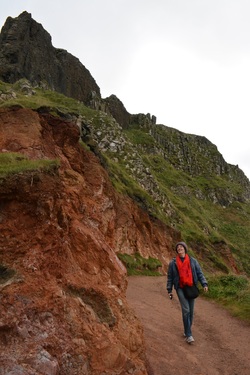 photo by Evanne Nowak. It's me on the Red Trail at Giant's Causeway. photo by Evanne Nowak. It's me on the Red Trail at Giant's Causeway. Doug Glover was good enough to publish this account of our work and my own uncertainties in the February 2014 issue of Numero Cinq. Which you can read here. 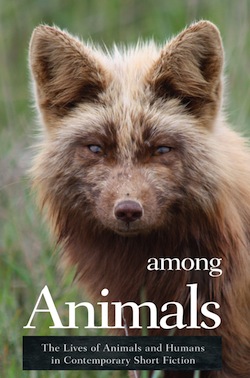 Midge Raymond of Ashland Creek Press interviewed me to celebrate the publication of the Among Animals anthology. Posted on the Ashland Creek blog on February 4, 2014 by Midge Raymond An interview with Among nimals contributor Diane Lefer (“Alas, Falada!”) Q: What inspired you to write this story? A: As you know, I’ve been a volunteer at he Los Angeles Zoo for over sixteen years in the research department. I should make it clear there’s no invasive, nasty research. It’s all about behavioral observation and providing data to improve their housing and conditions so that the animals can live in the most natural and psychologically satisfying way possible in captivity. Over the years I’ve seen the creation of wonderful natural habitats. I’ve seen the bonds between animals and each other and with the zookeepers. I’ve been involved in some conservation efforts for endangered pecies. I’ve also seen how some of the animals are as curious about us, humans, as we are about them. Several years ago, before the gorillas had the Campo Gorilla Reserve (their new environment complete with high grasses and trees, climbing rocks, a waterfall, and places to hide), people used to sit on a bench across from the small exhibit and blow kisses at the big primates. One day, Evie escaped. What did she do? She went to the bench, sat, and blew kisses at her ellow gorillas. And when a baby was born in the Campo Gorilla Reserve, I remember the new mother carrying it in her arms up to the glass and showing it off to the gathered humans. But it still breaks my heart to see any living creature in captivity. So I have very conflicted emotions about the life and death of zoo animals. I also get annoyed when I come across animals being used in fiction as symbols. I wanted to write about them—at least try to—in a way that respected their integrity as fully realized living creatures. Q: At one point in the story, the narrator reflects, “If I could shed my humanness, I would.” What do you think are among the most important things humans can learn from animals? A: From my cat, Desi, I learned a healthy way to trust. She showed every day that she loved me and trusted me with her life. At the same time she never hesitated to let me know when she disagreed with what I wanted. She showed me you can trust without relinquishing your own better judgment. If you express questions or objections or doubts, it doesn’t make you a suspicious, mean-spirited person. Blind obedience is not the same thing as trust. There’s a lot more: I think as kids, we identify with animals and are always curious about them. Kids seem eager to find out all they can about animals, and that curiosity can open the door at an early age to enthusiasm about learning. I’ve written a bit about this for Wildlife Nation, which is a new initiative of the National Wildlife Federation. Its goal is to inspire kids to care about wildlife conservation while encouraging parents to get their children away from the on-screen virtual world and out into the natural world. And we like to think animals are ruled by instinct, but when you’re around them, it’s clear there’s a wide range of temperament and behavior. Yet when it comes to human beings, we live at a time of standardized testing and one-size-fits-all. Animals are happy and well adjusted when their environment lets them develop and use their abilities. I wish our schools and the economic system that consigns millions of human kids to deprivation and poverty could understand that. Q: How did your work at the Los Angeles Zoo influence this story? A: Most of the time at the zoo, I’m observing the animals and have very little contact with people. But a couple of people did very much influence the story: Ruthie Yakushiji, a keeper who was transferred to research and told me stories; Anne La Rose, who invited me up to the Animal Health Center back in the days when she worked there. I should also acknowledge Tom Jacobson, a playwright who is also a senior vice president at the Natural Science Museum and told me about drawers full of beetles. I’m not fond of insects and would rather hear about them than be around them. Q: Fairy tales such as the one you reference in “Alas, Falada!” can seem a bit scary to the children for whom they’re written. What effect did such stories have on you and how do you think they may have influenced your writing? A: In fairy tales, for me, the princes and princesses and cobblers and swineherds were exotic. Only the animals were real. And in those stories, talking animals often befriend and help people in danger or facing some difficult challenge or quest. I think it’s hard for children to relinquish the idea that animals—not just parrots—can use human speech. As a writer, I rely on words all the time, and I think anything you do all the time can get you into a rut so I love the change that occurs when you have to communicate nonverbally. As adults, we’re still seeking ways to do just that with the animal kingdom. We’re fascinated with nonhuman primates who communicate through sign language and pictograms. And studying animal behavior, you learn to interpret (the best you can) behavioral cues in zoos or in the wild. People who live with cats or dogs are always trying to interpret their nonverbal communication just as they try to understand us. There is something magical about that. |
Author, Playwright, Troublemaker
Archives
July 2015
Categories
All
|
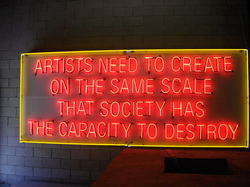
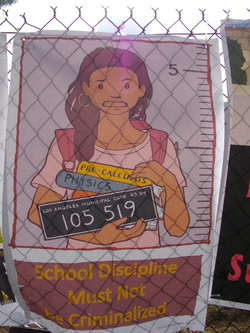
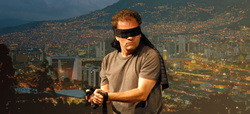
 RSS Feed
RSS Feed
